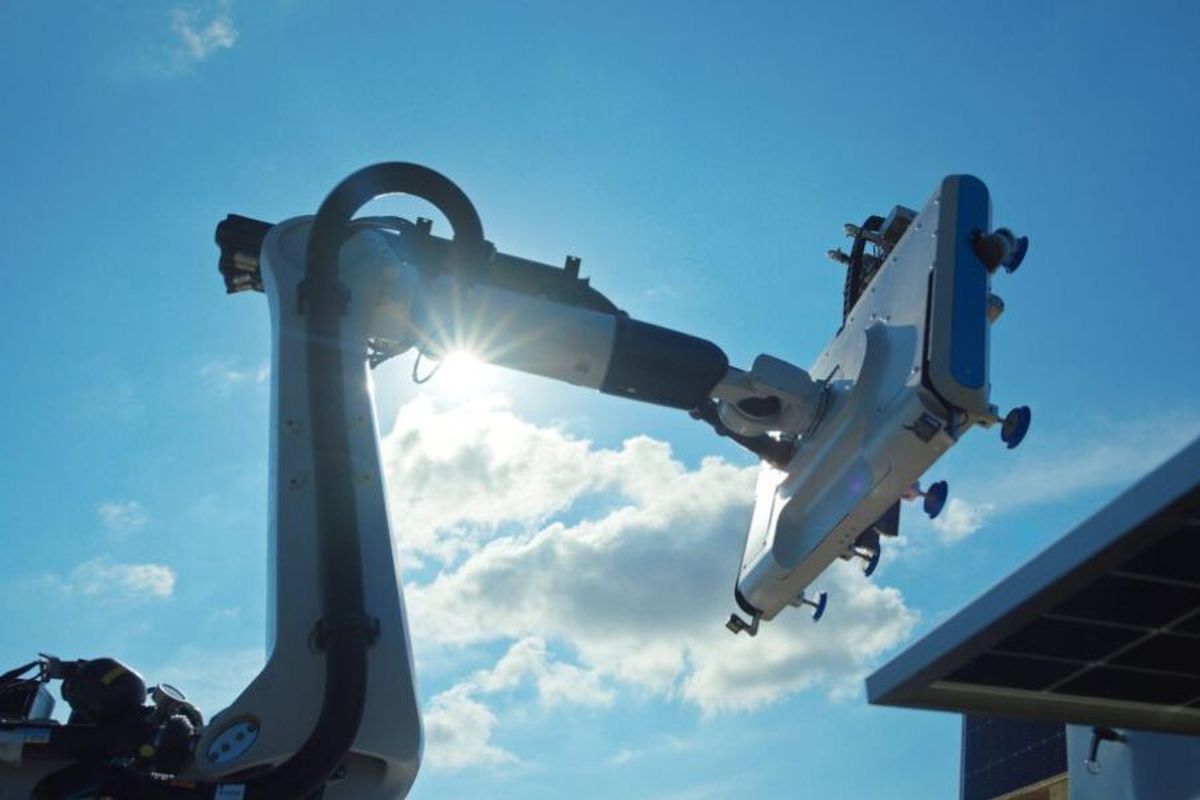WWW.POWER-ENG.COM
Unfortunately, the North American Electric Reliability Corporation (NERC) has no warm yuletide greeting to offer. Instead, the non-profit regulatory agency is rounding out 2024 with a warning to one and all: We need more energy sources, and fast.
According to NERC’s 2024 Long-Term Reliability Assessment (LTRA), “well over half” of the continent is at elevated or high risk of energy shortfalls over the next five to 10 years. The assessment highlights critical reliability challenges the power industry will face over the next decade, including satisfying rising energy growth, managing generator requirements, and removing barriers to resource and transmission development.
Generator retirements are slated to continue over the next 10 years, while electricity demand and energy growth are rapidly climbing, NERC pointed out in its LTRA. New data centers are driving a good portion of the demand growth, but electrification in various sectors and other large commercial and industrial loads (like new manufacturing facilities and hydrogen fuel plants) are also playing a part.
“Demand growth is now higher than at any point in the last two decades, and meeting future energy needs in all seasons presents unique challenges in forecasting and planning,” said Mark Olson, NERC’s manager of reliability assessments. “Meanwhile, announced generator retirements over the 10-year period total 115 gigawatts (GW) and are largely being replaced by variable generation. The resulting mix of resources will be able to serve energy needs at most times, but will need to have adequate amounts of dispatchable generators with assured fuel supplies, such as natural gas, to be reliable all the time.”
NERC’s LTRA suggests that the summer peak demand forecast is expected to rise by more than 122 GW for the 10-year period, which is 15.7% higher than the current level. Since last year’s LTRA, the 10-year summer peak demand forecast has grown by more than 50%; the winter peak demand forecast is expected to rise by nearly 14% over the 10-year period.
NERC added that compared to last year’s LTRA, there are indicators this year pointing to greater investment and enhancements in the regional planning process to support grid expansion with more transmission projects reported as either under construction or in planning for construction over the next 10 years.
“While we are encouraged by the significant increase in transmission development, industry and policymakers must address the persistent challenges of siting, permitting, and construction to ensure this growth becomes a reality,” said John Moura, NERC’s director of reliability assessments and planning analysis. “Overcoming these barriers is critical to realizing a more reliable and resilient grid.”
In its Interregional Transfer Capability Study (ITCS), NERC found that an additional 35 GW of transfer capability across the U.S. would strengthen energy adequacy under extreme conditions. Increasing transfer capability between neighboring transmission systems could potentially help alleviate energy shortfalls, and could become one of the solutions that entities put in place to address the resource adequacy issues identified in the LTRA, NERC reckons. While NERC said that multiple areas have been identified as being at “elevated risk” in extreme conditions, the Midcontinent Independent System Operator (MISO) was highlighted as not having the reserves to meet resource adequacy criteria in normal conditions as resource additions are not keeping up with generator requirements and demand growth.
NERC’s assessment offers recommendations for energy policymakers, regulators, and industry to promote actions meant to help meet growing demand and energy needs while the resource mix transitions:
- The pace of generator requirements should be “carefully scrutinized and managed” by industry, regulatory, and policy-setting organizations considering the projected reliability risks;
- Enhance the long-term assessment process by incorporating wide-area energy analysis with modeled interregional transfer capability, as found in the ITCS;
- Support from regulators and policymakers at the federal, state, and provincial levels is “urgently needed” to address siting and permitting challenges to remove barriers to resource and transmission development;
- Collaboration across regulators, electric industry, and gas industry member organizations could help address the operating and planning needs of the interconnected natural gas-electric energy system;
- Ensure essential reliability services are maintained by regional transmission organizations, independent system operators, and regulators.













